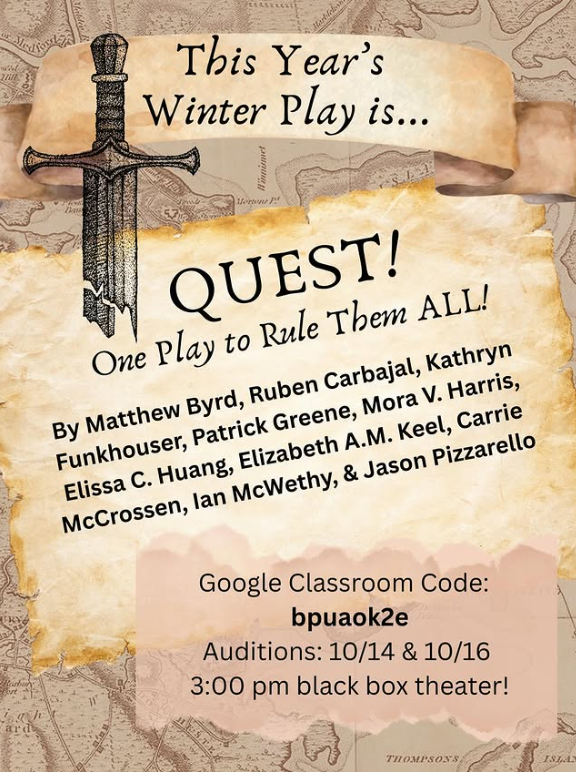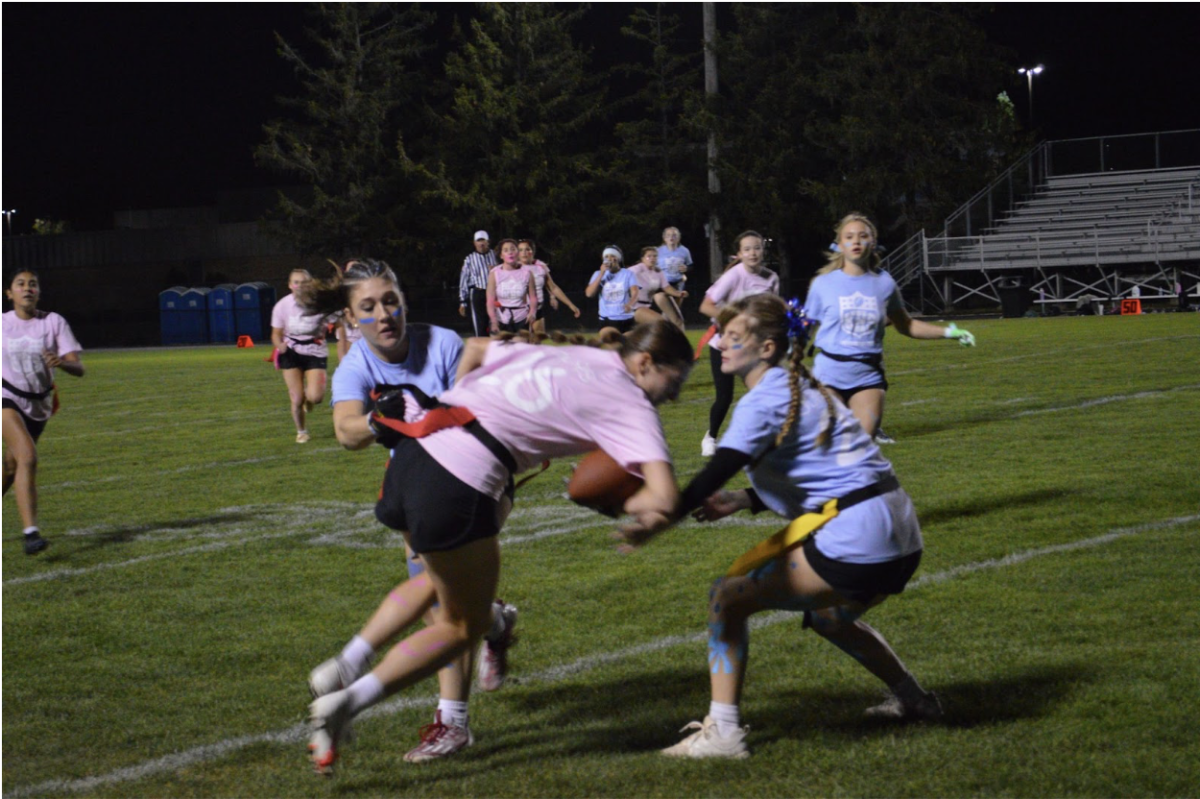By Crysta Zachara, Reporter
Kaneland High School earth science students experienced what a real volcano was like on Oct. 29, when they watched a volcano made from liquid nitrogen and water explode outside the school.
“I hope they will connect the experiment to what actually happens with a real volcano,” Jim McKnight, earth science teacher, said.
Joanna Edelman, McKnight’s student teacher, was the one behind the experiment. She adapted the idea from NIU, where they have done this experiment about twice a semester for three years. To make the explosion realistic, Edelman used liquid nitrogen, a 40-gallon garbage can full of water, a two-liter pop bottle and bricks.
The liquid nitrogen was about -300 degrees Fahrenheit, which is the temperature to make it into a liquid, and the water was 50 degrees Fahrenheit. With the liquid nitrogen at such a low temperature, the water was very hot compared to liquid nitrogen. Once the liquid nitrogen was put in the two-liter bottle and into the 50-degrees water, the pressure from the gas built up and caused the eruption. That’s where the bricks came in.
They held the bottle in place so it didn’t go with the explosion. Students who came to the 7:45 a.m. experiment were in awe at the height of the explosion. As McKnight and Edelman had predicted, the eruption shot 20 feet into the air. After the first trial, freshman Cory Nordine said he was surprised.
“It was awesome, and I didn’t think it was going to explode so high,” Nordine said.
The second explosion was even larger than the first. McKnight explained the key to a bigger explosion is less liquid nitrogen.
“It seems to give more room for the expansion of the gases, giving it a better explosion,” McKnight said.
Some students were surprised by the size of the second explosion.
“I knew it was going to explode, but I didn’t think it would go that high with the amount of liquid nitrogen,” freshman Liam Mulloy said.
McKnight and Edelman would like to do this experiment again. The challenge will be getting the required materials. McKnight said he was happy with the amount of students who did show up for the early-morning experiment and understood why others weren’t able to come. “A lot of students have other commitments during that time of day. It was still a good turn out though,” McKnight said.







